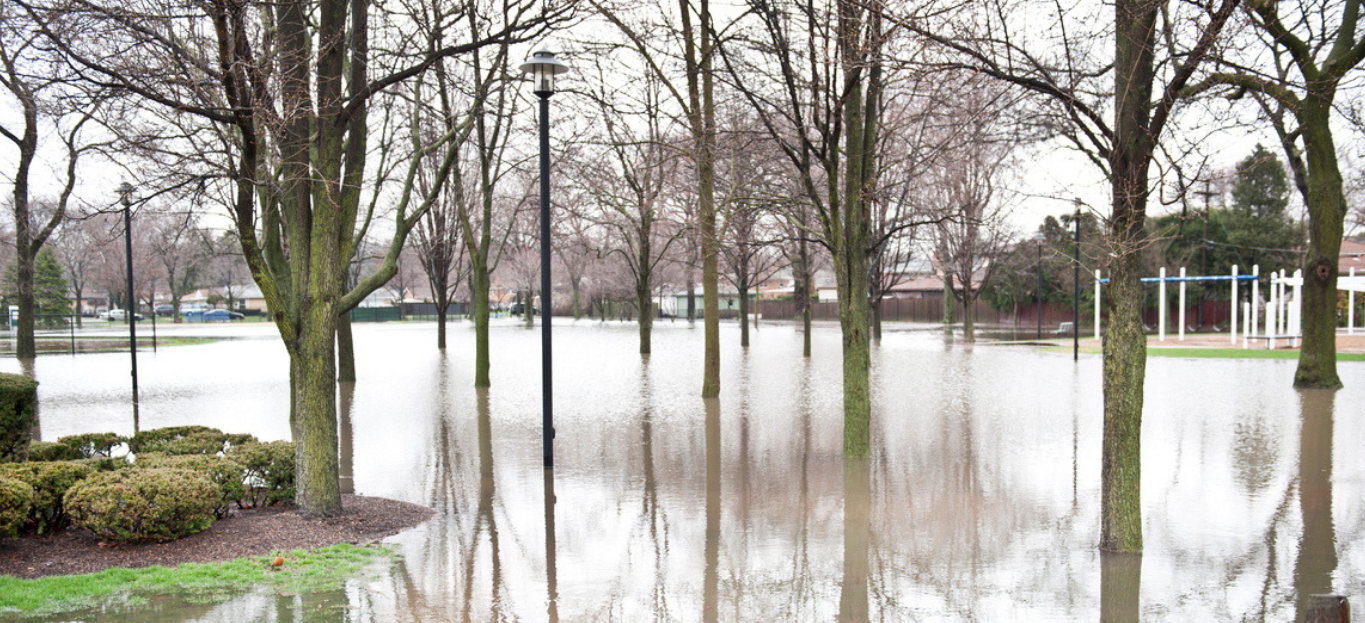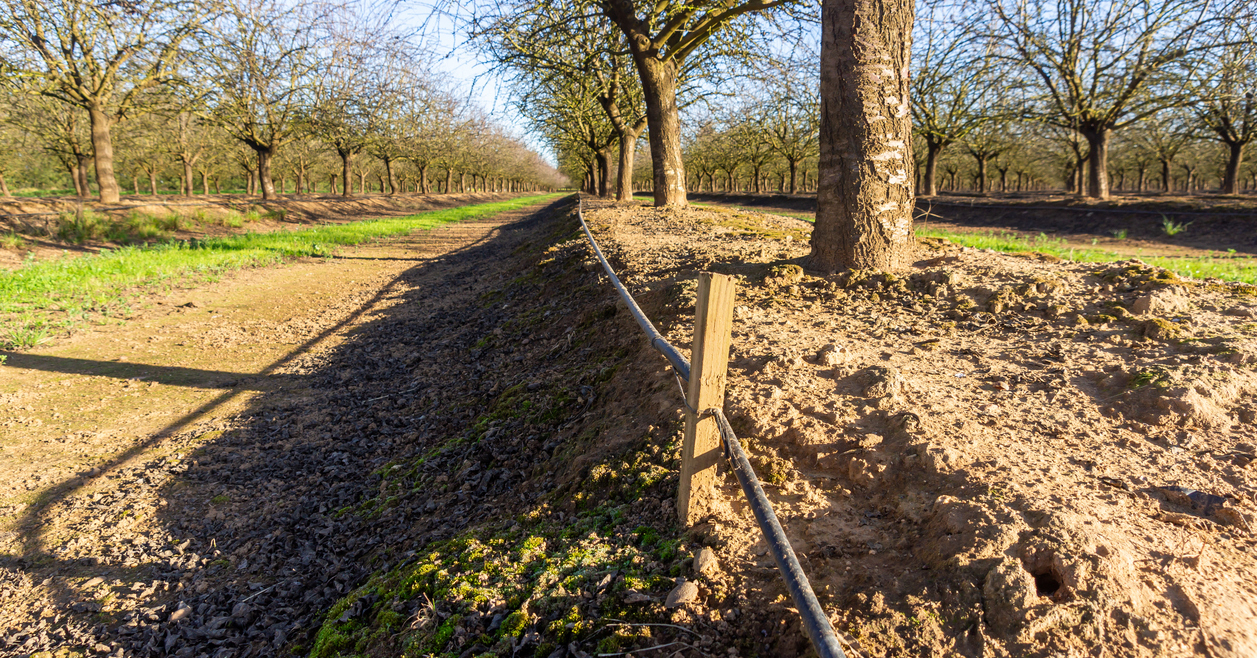Watery Wisdom: How to Protect Your Trees from Flooding
Everyone loves a nice summer shower. It lifts the spirits. It brings temperatures down. It’s good for the trees.
… right?
Well, the truth is, not always. Some trees can sicken if they’re exposed to too much rain and flooding, especially over a long period of time. It’s smart to take steps before and during the rainy season to make sure your trees get the TLC they need to stay safe from floods.
Flooding and Oxygen Deprivation Go Hand in Hand
Many people don’t understand how flooding affects trees because they assume that water is simply “good for” any plant. The truth is, though, plants and trees rely on oxygen just like you or me. Enough standing water and trees actually drown, unable to take up oxygen because they’re simply too saturated.
Another misconception is that trees draw their nutrients, water, and oxygen from down deep, and while that’s true to an extent, they get the majority of their oxygen from the first 6 inches of soil. When that’s covered with water, they physically cannot breathe. No Bueno.
Signs and Symptoms of Flooding
Most trees will tolerate a certain amount of flooding for short periods of time. You don’t need to worry until you see the following signs:
- Yellowing or browning of leaves or needles out of season
- Dropping of leaves or needles
- Wilting
- Splitting or cracking
- General failure to thrive
Prevention Is the Best Cure
While you can hastily amend soils in preparation for stormy weather, the best idea is to keep trees out of a jam by planting only flood-tolerant trees in areas that frequently see standing water.
If you don’t want to move a well-established tree, you can also use a bioswale to direct water away from it, toward draining in another part of the yard. You can also reroute downspouts away from trees and plant water-retaining plants above them as a buffer.
Get Help from a Certified Arborist
Bottom line? Help from a certified arborist is guaranteed to keep your trees in tip-top shape. Your arborist can help you prevent disease, respond to catastrophes and keep trees safe over the long haul.
So, are you worried this hot and heavy season will affect your trees for the worse? Call Premier Tree Solutions to help you care for your backyard beauties they way they deserve. We specialize in a number of areas, including tree removal and trimming, pruning and storm damage care, branch clearing, debris removal, and stump grinding.
Need help with anything tree-related? Call today!








